Keeping Troops Virtually in the Loop
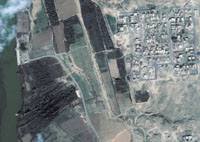 |
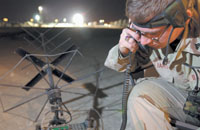 |
| The Virtual Mission Operations Center (VMOC) is an Internet-based command and control tool that allows warfighters to access satellite and unmanned aerial vehicle sensor data and imagery directly from the battlefield. |
An experimental Internet-based system could allow future warfighters to direct satellites and unmanned aerial vehicles and to acquire reconnaissance data and imagery immediately from tactical battlefield positions. The software-based technology treats space and air assets like Internet addresses, permitting remote users to request information from them or to monitor the status of platforms.
Network-centric warfare reduces the decision time in the sensor-to-shooter loop. As new technologies push connectivity to the very tip of the spear, it becomes vital to provide tactical users with timely battlefield information. But connectivity will go in both directions as new systems permit operators to request time-sensitive data from a variety of sources, enhancing their situational awareness.
One of the many U.S. Defense Department efforts underway to link battlefield users to the Global Information Grid is the Virtual Mission Operations Center (VMOC). This Internet-based command and control software application allows users to direct and task sensors aboard space and airborne reconnaissance assets.
The program originated in 1999 when NASA asked General Dynamics Advanced Information Systems, Arlington, Virginia, to develop a secure Web browser to control the electrical power distribution system on the International Space Station remotely, explains Col. Duey Miller, USAF, 14th Air Force vice commander, Vandenberg Air Force Base, California. From this beginning, it grew into an effort primarily involving three partners: the U.S. Air Force Space Battlelab, Schriever Air Force Base, Colorado; the U.S. Army Space and Missile Defense Battle Laboratory, Huntsville, Alabama; and the NASA Glenn Research Center, Cleveland.
Originally known as Nautilus Horizon, the VMOC software treats satellites and unmanned aerial vehicles (UAVs) like individual Internet protocol (IP) addresses. The colonel notes that the software’s architecture stretches the network-centric concept into space, and its IP applications ensure the interoperability of the connection between orbital and ground-based systems.
“The near-term goal is understanding the differences between existing systems and tomorrow’s networked, space-based systems,” Col. Miller says. He adds that a major advance that VMOC offers is it allows operators in remote locations to access orbiting spacecraft directly through a Web-based environment.
The colonel notes that, as the program moves through the development process, the system will be modified for additional interoperability and responsiveness to enhance users’ situational awareness. One way to achieve this flexibility is to use a system-of-systems approach for the software architecture. In practice, this involves using a modular software design that can be changed rapidly to enhance automation and machine-to-machine communications, he says.
The VMOC software does not reside on tactical user equipment but is hosted from a secure location via the Web. “Basically, all you need is Internet Explorer and then you can access the VMOC software from any location around the world,” explains Capt. Randall Bradford, USAF, chief of the 14th Air Force’s military satellite communications operations.
Interface users will view a home page that will provide access to scheduling and data retrieval information for satellite and UAV imagery. If the requested material is not available, the system moves to a direct tasking mode, allowing users to assign air and space assets to obtain the data themselves.
VMOC also can be configured to provide varying levels of information based on user clearance levels. An individual’s clearance level will determine the priority of his or her scheduling requests. “You won’t be able to access programs or information you aren’t allowed to see. It will all be based on whatever has been set up in the system as your user privileges and access,” the captain says.
A variant of the software also features a collaborative environment. Developed by NASA’s Goddard Space Flight Center, the VMOC collaborative environment allows operators in different locations to share information and applications. The Java-based program has a variety of tools such as instant messaging and videoconferencing. Through a related portal architecture, users can set up virtual meetings and share documents via the Internet. NASA is assessing the system to reduce the number of personnel required for space flight operations.
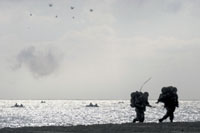 |
| VMOC will allow commanders in tactical combat situations to redirect and task space-based and aerial sensor platforms to obtain vital information. |
For example, a commander might request a photograph of a bridge in his area of operation. If imagery for the structure exists, it can be provided through the system; if none is available, the VMOC can locate assets in the area to determine the best way to provide the data. It can then contact the user and indicate that this is the available imagery.
The colonel notes that a major issue with mobile command and control systems is not latency but processing power. Tactical users cannot afford to carry the extra weight necessary for heavy data processing. But a lack of computing power breeds latency because users are waiting for the information. To address this issue, the sensor data provided through VMOC is processed at an out-of-theater center, and warfighters only receive the finished product—imagery or other data. “If the information you get is discernable and exploitable by the people who are asking for it, you’ve cut all that timeline out. But if it’s not, you still have that timeline in any system you develop,” he warns.
As satellites become more responsive to requests from tactical users, the software will allow these assets to be controlled directly from the battlefield. In the future, an officer may request imagery of a bridge, but he may discover that the bridge has been destroyed. Instead, he must find out if there are any enemy forces hiding behind a nearby building. By accessing VMOC, the officer can control satellite and UAV sensor assets in the region to gather that imagery, the colonel offers. Additionally, the system permits remote users to monitor the system status of a satellite while operating away from a groundstation.
Capt. Bradford maintains that the goal of the VMOC program is to support the network-centric warfare principle of sensor-to-shooter efficiency. He notes that satellites historically have been developed as stovepipe systems. The VMOC concept builds Internet protocol addresses into future satellites, giving them a presence on the Internet. The system also will connect into the Defense Department Global Information Grid and expand it from space down to the battlefield. “You are basically defining the next-generation network architecture for space with Internet protocols,” he says.
VMOC recently underwent a series of operational tests at Vandenberg Air Force Base to examine the functionality of its tracking, telemetry and control components with an operational satellite, a British microsatellite equipped with a Cisco mini-router. Operators conducted on-orbit status and health checks and remote tasking for the spacecraft. The main command and control for the satellite was located at the Air Force Center for Research Support at Schriever Air Force Base. A backup VMOC operated from NASA’s Glenn Research Center.
Another aspect of the exercise observed VMOC’s Web-based and wireless capabilities. Capt. Bradford explains that the satellite was controlled through a standard desktop computer and a wireless 802.11 connection. This mobile component simulated tactical operational use. It consisted of a high mobility multipurpose wheeled vehicle fitted with a satellite dish and a terminal moving around the base to test bandwidth and connectivity.
Several other tests will follow the Vandenberg exercise. A joint exercise involving the Air Force and the Naval Research Laboratory’s TacSat-1 also is occurring this summer. The Navy will use VMOC to access the satellite via the secret Internet protocol router network. Other tests will examine UAV applications and the command and control capabilities of space forces. The space segment integrates the technology at the operational level into the Air Force Space Command’s Space Air Operations Center to integrate space assets into the operational tasking order for a joint commander’s use, Col. Miller explains.
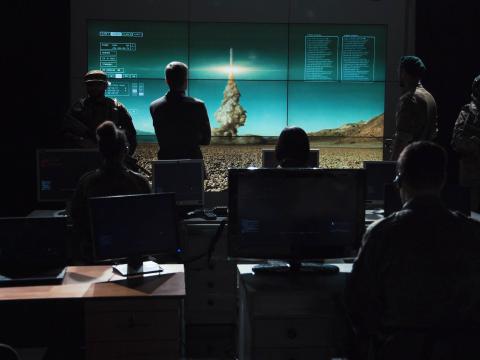
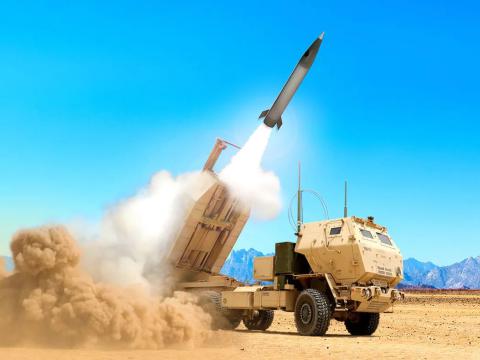
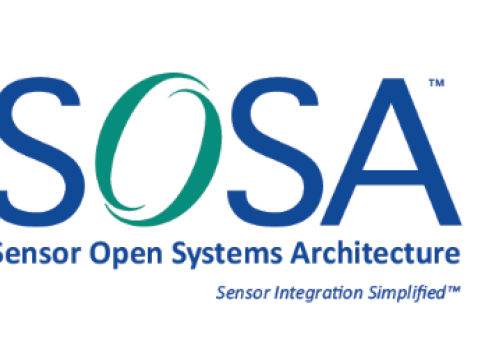
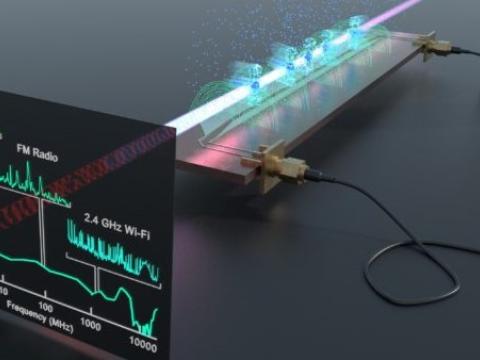
Comments